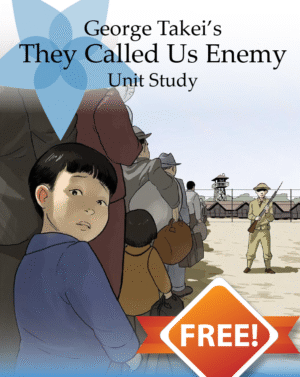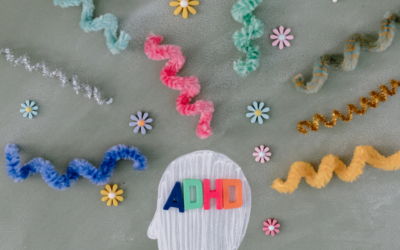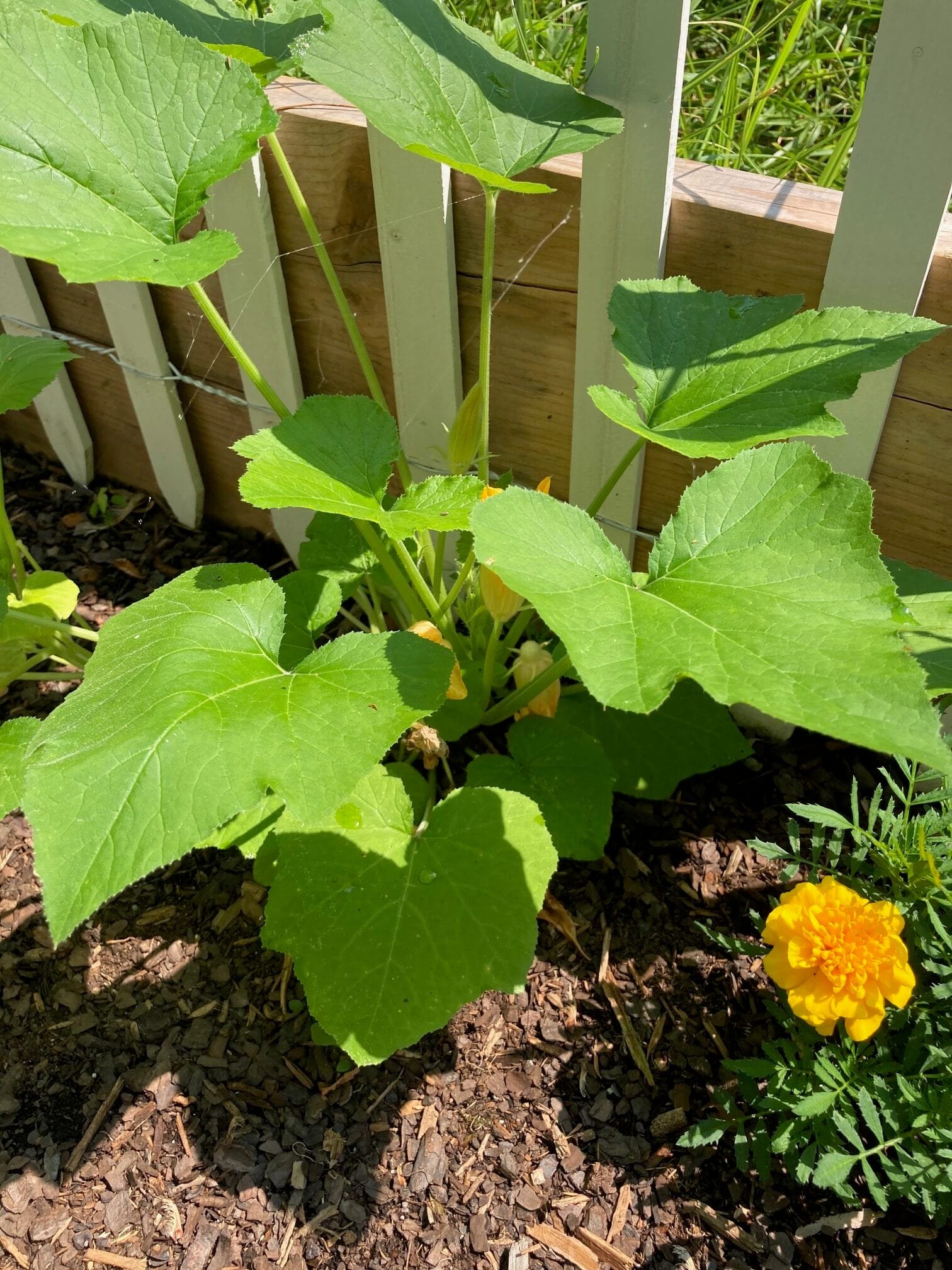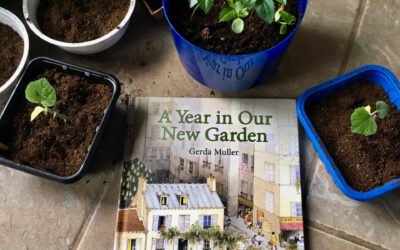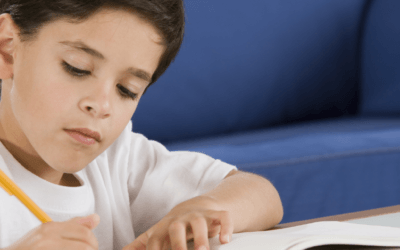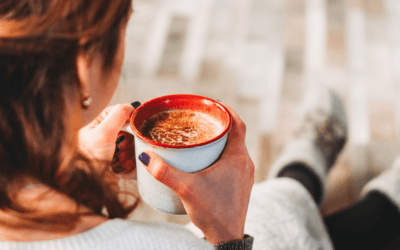Make Learning Fun!
Using beautiful picture books with engaging stories, you’ll teach your child about history, science, math, geography, and so much more.
Hands-on activities, games that inspire imaginative play, building, cooking, doing! That’s what learning with all your senses is all about.
The Best Way To Homeschool
Bringing Learning to Life
Our lessons show you how to engage your child’s senses so they do more than learn, they experience.
Engaging and Fun
You’ll use videos and other online tools to take what you are learning deeper. A wide range of topics to explore and adventures to be had are right at your fingertips.
Based on How Children Learn
Our programs work with your child and their natural curiosity about the world. Your child will learn with all five of their senses with playful games, activities, and hands-on experiences designed to create a deep understanding of the material.
Levels, NOT Grades
Every child deserves to be met where they are. Our programs are not based on age or grade level. They are based, instead, on skill level. We offer programs designed to work for a range of ages so that every child can find the right fit.
Fully Integrated to Teach ... well, Everything!
Every program covers social studies, history, science, art, health, language arts, and math. You don’t need a whole stack of lesson plans. We’ve got you covered so you don’t have to spend your whole day jumping from subject to subject.
Hands-on and Adaptable
Instead of focusing on reading and writing, we’ve built a program that includes hands-on activities, watching videos and engaging in discussions. We’ve included guides on how to adapt activities to your child’s own unique learning style and pace.
Easy To Use
Our programs are designed to fit naturally into your day. Each all-inclusive program requires little to no transition between subjects. And the supply list for each lesson is clear, upfront and includes simple things you have around the house.
Starting The Big Conversations Early
We give you the prompts to have age-appropriate conversations with your child about tough subjects like inclusivity, social justice, discrimination, and kindness. Talking about these things with your child now lays the foundation for the strong, compassionate person they will become.
Meet Laura
Kind Regards,
Laura
Laura Sowdon, OTR/L
Our Blog
Why your ADHD child needs praise!
Did you know that neurotypical people get a boost of happy brain chemicals from a job well done? But that doesn’t work for us ADHD folks. Here’s why.
Teaching Horticulture at Home
I am once again starting seeds for our spring gardening experiment. I am now referring to it as an experiment, because we really are never sure what is going to happen in our garden.
Victory Gardening
Victory gardening was the cool thing to do in the 1940s. And now it is back! Is this the perfect way to add some science and life skills to your homeschooling?
Free Women’s History Month Lesson
This is the month where we honor women who did make history. Most of them had to work against the ideas of what made a “good woman” in their time.
Learning To Write with ADHD
Writing well is a challenge for students with ADHD. There are a few strategies you can use to help build your child’s confidence and skill.
Can You Homeschool Pathological Demand Avoidant Kids?
Pathological Demand Avoidance, co-occurs with ADHD or autism, and means that your child doesn’t want to do things just because they were told to do them.
ADHD + Coffee = Magic
Using coffee instead of medication helps some people with ADHD focus and get more done! Why does this work and should you try it? Learn more!
Weird Rules for my Smart Child
I have a child who is incredibly smart, but also, can’t read a room. So, I taught her a few rules, that she has lived by from preschool to college.
Making your own Schedule and Goals
One of the hardest parts of being a homeschool parent is that you have to set your own schedule. If you don’t make the plans, they don’t happen.











